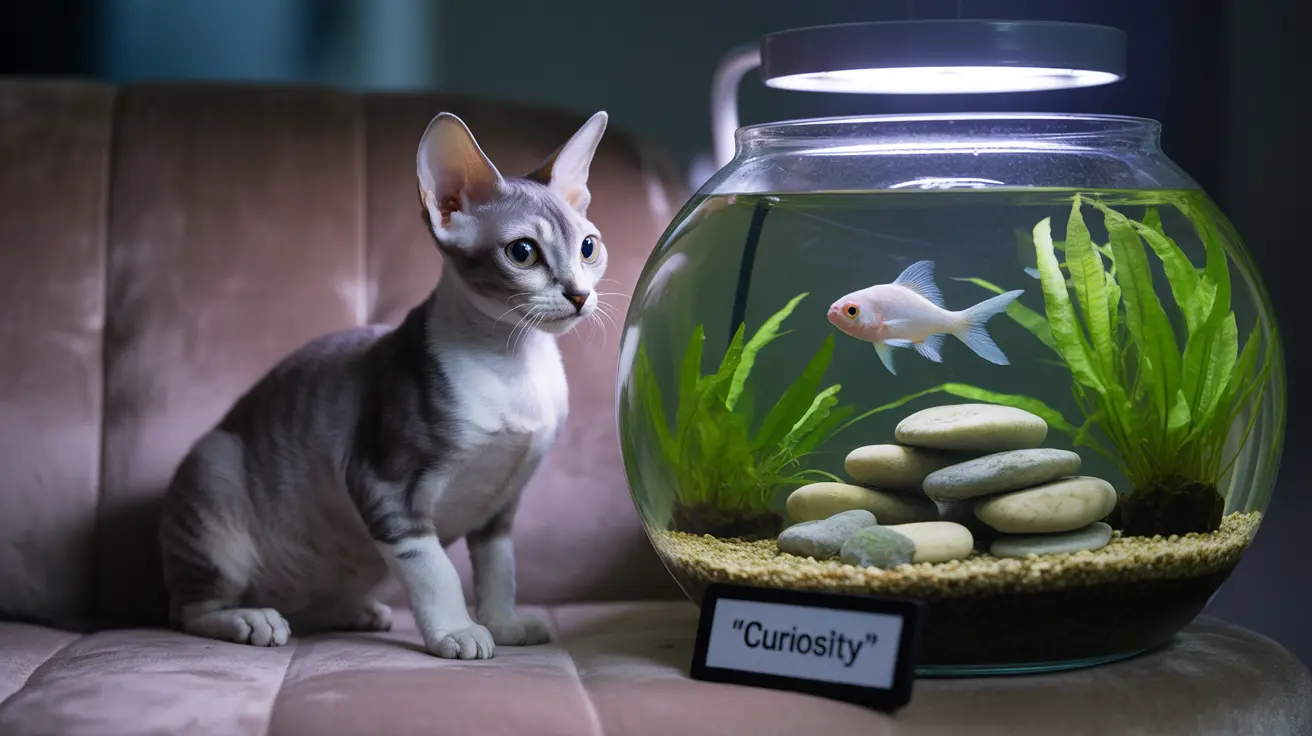Betta fish (Betta splendens) have captivated aquarium enthusiasts around the world with their vibrant colors, elegant fins, and distinctive personalities. Originating from the warm, shallow waters of Southeast Asia, these beautiful fish require thoughtful care and attention to thrive. Proper understanding of betta fish care is vital to support your companion’s health and longevity, often giving them a lifespan of 3 to 5 years in a well-maintained aquarium.
Providing an optimal environment for your betta goes beyond simply adding water to a tank. Key aspects include tank setup, water quality, dietary needs, and behavioral enrichment. This comprehensive guide will walk you through each element, ensuring your betta enjoys a rich and healthy life while helping you avoid common mistakes that could jeopardize their well-being.
Essential Tank Setup Requirements
The foundation of betta fish care lies in setting up an appropriate tank. While there is a misconception that bettas can live happily in small bowls, a minimum tank size of 5 gallons is recommended for each betta. This ample space not only ensures better water quality and stability, but also gives your betta plenty of room to swim and explore, helping them feel secure and reducing stress-related health problems.
Critical Equipment Needs
Setting up the right environment in your tank is crucial. The following equipment ensures your betta has everything needed for a comfortable home:
- Heater: Bettas are tropical fish that thrive at temperatures between 76°F and 82°F (24°C – 28°C). A reliable aquarium heater helps maintain this consistent warmth, preventing stress and weakening of their immune system.
- Filter: A gentle filter suited to your tank size keeps the water clean and clear, removing toxic substances while producing only a mild current. Strong currents can exhaust bettas, so opt for adjustable or low-flow options.
- Secure lid: Bettas are known jumpers. A well-fitting lid prevents accidental escapades and keeps your fish safe.
- Thermometer: Accurately monitor the water temperature to ensure it stays within the required range. Fluctuations can cause stress and illness.
- Water testing kit: Regularly test for ammonia, nitrites, nitrates, and pH to ensure a safe, balanced aquatic environment.
Creating an Enriched Environment
Bettas enjoy a stimulating habitat, which supports their natural behaviors and promotes well-being. Decorate your tank while considering both safety and enrichment:
- Live or silk plants: These provide hiding spots and create a natural feel. Artificial plants should be silk, as sharp plastic can damage delicate fins.
- Smooth rocks and driftwood: Safe, rounded decorations add visual interest and offer places to rest and explore.
- Cave-like structures: Bettas appreciate enclosed spaces for hiding when they feel threatened or need rest.
- Open swimming spaces: Be sure to leave areas free of obstruction, allowing your betta to exercise and display natural swimming behaviors.
Maintaining Optimal Water Quality
Clean, stable water is a cornerstone of good betta care. Poor water quality is one of the most common causes of illness and stress in aquarium fish. Establish a routine to monitor and maintain the appropriate water conditions, adjusting as needed to react to changes in the tank.
Water Parameters and Testing
Regularly check the following water parameters to prevent health issues:
- pH: 6.5–7.5, mimicking their natural habitat.
- Ammonia: 0 ppm; even low levels can be toxic.
- Nitrites: 0 ppm; nitrite exposure is dangerous for bettas.
- Nitrates: Below 20 ppm is safe; higher levels require more frequent water changes.
- Temperature: 76°F – 82°F for optimum health.
Regular Maintenance Schedule
Establishing a consistent maintenance schedule is vital to prevent buildup of toxins and maintain a healthy environment. Essential care tasks include:
- Weekly water changes: Replace 10–25% of the tank water each week with fresh, dechlorinated water to dilute toxins and refresh the environment.
- Monthly filter maintenance: Rinse filter media in tank water to maintain flow and prevent harmful bacteria buildup (avoid using tap water which can destroy beneficial bacteria).
- Daily removal of uneaten food: Scoop out any leftovers to prevent decay, which can contribute to poor water quality and algae growth.
- Regular substrate cleaning: Use a gravel vacuum to remove waste and debris from the tank bottom as needed.
Proper Feeding and Nutrition
A healthy betta fish diet is key to maintaining their vivid coloration, vitality, and immune system. Feed your betta in moderation to minimize waste and prevent obesity, which can lead to health complications. Offer food once or twice daily, only as much as they can consume within two minutes.
Recommended Foods
- High-quality betta pellets: Specially formulated pellets are the staple for balanced nutrition.
- Freeze-dried bloodworms: An appealing protein-rich treat, but use sparingly as a supplement.
- Frozen brine shrimp: Excellent as an occasional food to add variety and essential nutrients.
- Live daphnia: Provide as an occasional treat to stimulate natural hunting behaviors and support digestive health.
It’s important to avoid overfeeding, as excess food decomposes and pollutes the tank, promoting illness. Remove any uneaten food promptly after feeding.
Recognizing and Preventing Common Issues
Staying attuned to signs of stress or illness in your betta can help you address problems early and prevent serious health issues. Routine observation of your fish’s behavior and appearance is essential for early detection of potential trouble.
Signs of Stress or Illness
Be alert for the following indicators that your betta may be unwell or stressed:
- Clamped fins held close to the body
- Color fading or loss of vibrancy
- Lethargy or decreased activity
- Loss of appetite or refusal to eat
- Excessive hiding or withdrawal
- Rapid breathing or gasping at the surface
If you notice any of these symptoms, check your tank conditions and water parameters first, as environmental factors are often the cause. Immediate corrective action can prevent escalation into more serious illnesses.
Common Care Mistakes to Avoid
Even experienced fishkeepers can inadvertently make mistakes. Avoid these common pitfalls:
- Housing bettas in containers smaller than 5 gallons, which can cause stress and poor water quality.
- Neglecting regular water changes, leading to the toxic buildup of ammonia and nitrates.
- Overfeeding, which can harm water quality and your fish’s health.
- Selecting inappropriate tank mates, such as aggressive or finnipping fish, which may lead to injuries.
- Overlooking water temperature, which can cause stress and increase susceptibility to disease.
By being proactive about these potential issues, you’ll create a safer and healthier home for your betta.
Understanding Betta Behavior
A thriving betta will exhibit energetic swimming, maintain regular eating habits, and display intense colors. They tend to investigate their surroundings, interact with their owner by following movements outside the tank, and may even recognize feeding times. Observing your betta’s normal behavior patterns will help you quickly spot any deviations that could indicate stress or health problems.
Frequently Asked Questions
- What is the ideal tank size for a betta fish?
A minimum of 5 gallons is recommended to ensure sufficient swimming space and support stable water parameters. - How often should I clean my betta's tank?
Perform partial water changes every week, with more thorough cleanings and filter maintenance as needed. - What temperature should the water be for bettas?
Maintain water temperature between 76°F and 82°F (24°C–28°C), using a heater and thermometer for accuracy. - What do betta fish eat?
Feed a mix of high-quality pellets, with occasional live or frozen treats to promote variety and good health. Avoid overfeeding. - Can betta fish live with other fish?
Tank mate compatibility depends on temperament. Avoid aggressive or fin-nipping species and always introduce new fish with caution. - What are signs of a healthy betta fish?
Look for bright coloring, active swimming, regular eating, and unbroken, upright fins. - What common mistakes should I avoid in betta care?
Steer clear of small bowls, unfiltered or unsupervised tanks, improper temperatures, and feeding too often or too much. - How often should I feed my betta fish?
Provide food once or twice daily in small, easily consumed portions. - Why does my betta fish flare its gills?
Gill flaring is a natural response to perceived threats or territorial displays; occasional flaring is normal. - How long do betta fish typically live?
With attentive care, bettas generally live around 3–5 years, though some can exceed this with optimal conditions.
Caring for a betta fish is a rewarding experience that calls for thoughtful preparation and ongoing commitment. By following these guidelines, maintaining a clean and enriched environment, and staying attuned to your betta’s unique personality, you can help your aquatic friend live a vibrant, healthy, and fulfilling life.






